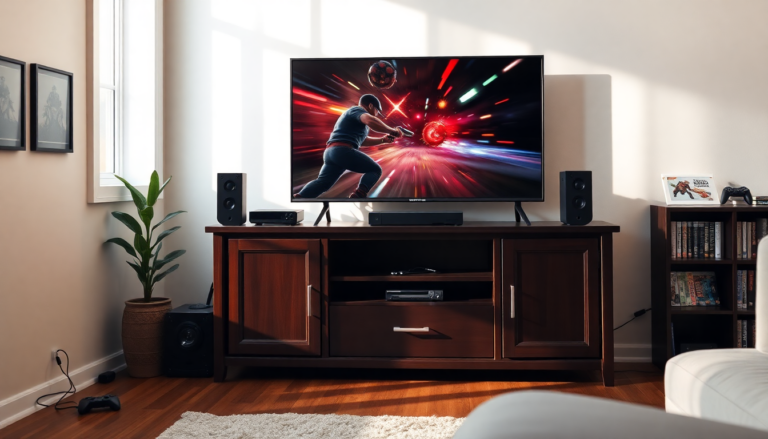Argomenti trattati
The Nintendo Switch 2 is making waves lately, and not just for its games. An analysis by HDTVTest has uncovered some serious challenges with its HDR implementation, which could leave gamers feeling a bit let down. As HDR technology is a new addition to Nintendo consoles, this revelation has caught many by surprise—especially those eager for a richer gaming experience.
Key Findings from HDTVTest Analysis
According to the experts at HDTVTest, the HDR calibration on the Nintendo Switch 2 is falling short of expectations. Users have shared that after tweaking the HDR settings, the visuals often look washed out, with colors that lack vibrancy and contrast that just doesn’t pop. This frustrating performance stems from a flawed HDR technology implementation, which—while fixable—does require some user effort.
One major stumbling block is the calibration process itself. When users attempt to initiate the HDR calibration, they often find themselves fumbling with the control stick or buttons in a bid to hit those sweet spot settings. This can lead to one of the images disappearing entirely, causing brightness levels to spike and muddling the calibration process. And if your TV doesn’t support HGIG mode, good luck achieving anything close to satisfactory results.
The Importance of HGIG Mode
HTDVTest underscores the necessity of activating HGIG (HDR Gaming Interest Group) mode on compatible televisions to secure a solid HDR output. Without this mode, brightness values can get all out of whack, resulting in lackluster image quality. This situation really drives home the importance of knowing what your TV can handle when using the Nintendo Switch 2.
If you don’t have access to HGIG mode on your display, HDTVTest suggests setting the MaxTML (Maximum Tone Mapping Level) to 1000 nits and the white level to 200 nits. But here’s the catch: figuring out these settings can be tricky. Some gamers recommend diving into titles like Cyberpunk 2077, which provide internal graphical settings to help users see the values they need for proper calibration.
Advice for Optimal HDR Experience
Beyond enabling HGIG mode, HDTVTest recommends switching to dark mode and adjusting HDR settings to activate only on compatible software. Also, for those keen on enhancing their HDR experience, disabling burn-in protection could be a wise move. This advice aims to guide users through the often-confusing landscape of HDR calibration on the Nintendo Switch 2, ultimately leading to better visuals and a more enjoyable gaming session.
As feedback continues to roll in from the gaming community, it’s vital for Nintendo to tackle these HDR challenges head-on. Users are encouraged to experiment with the recommended settings and stay tuned for updates that could further enhance their gaming experience on the Switch 2. After all, who doesn’t want the best visuals when diving into their favorite games?

